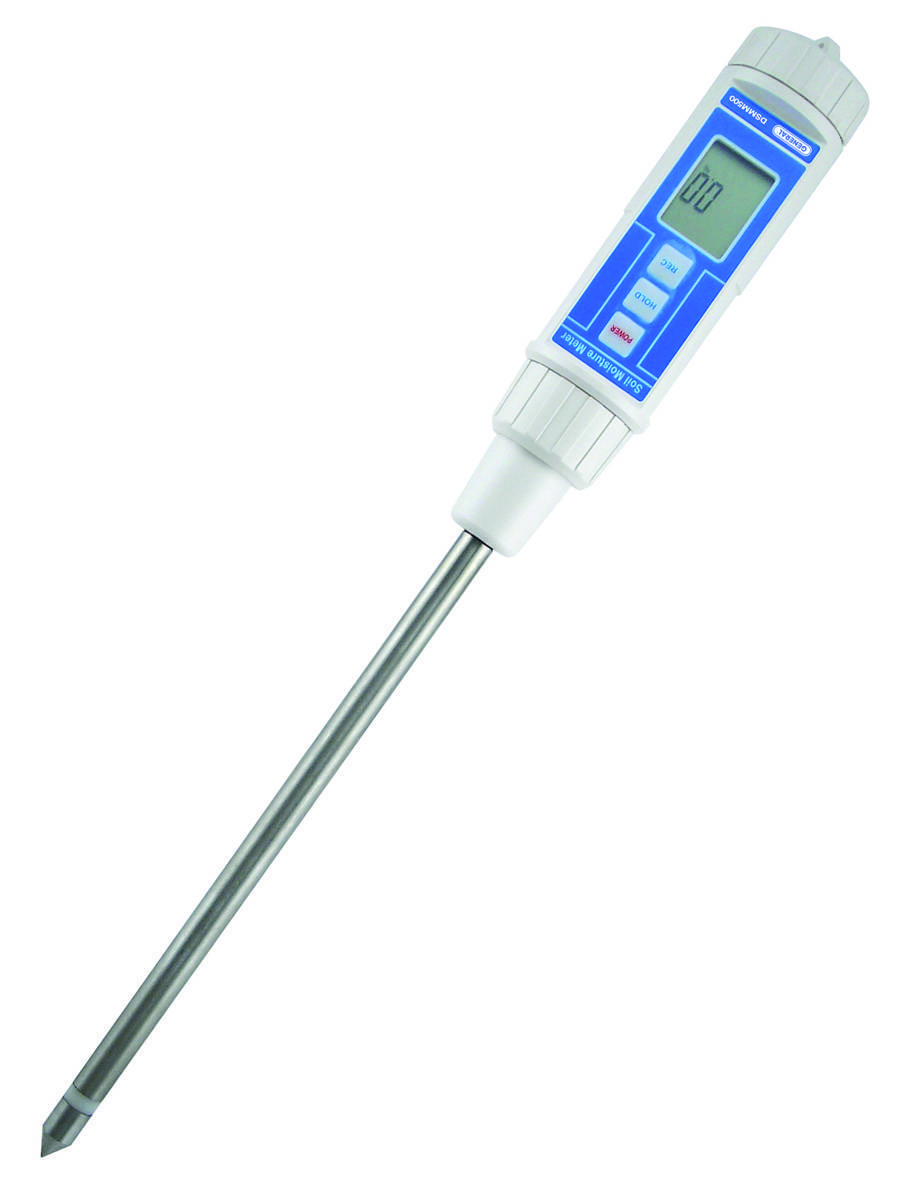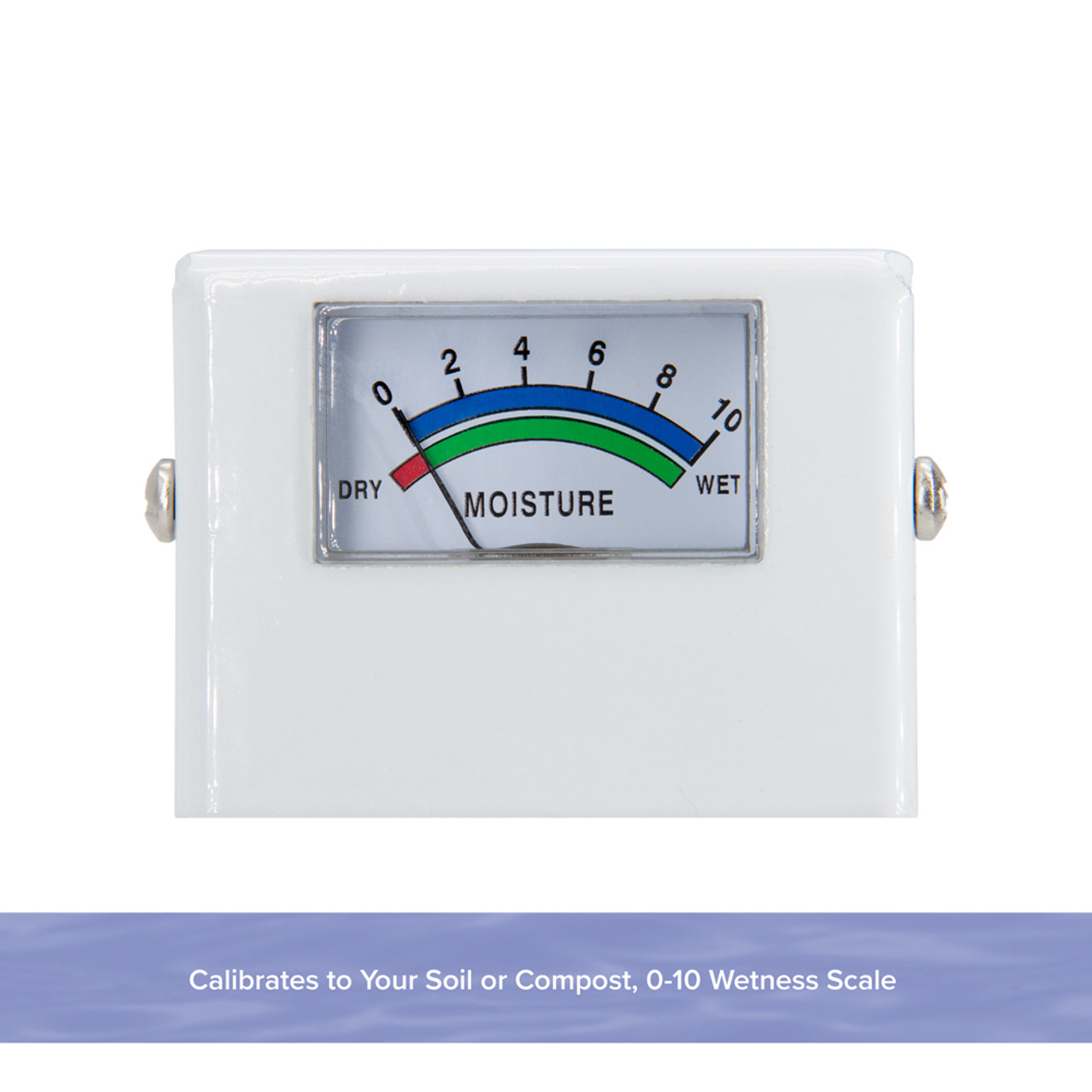Moisture Meter Purchasing Overview: What to Try to find in High-Quality Instruments
Understanding the Value of a Moisture Meter in Stopping Mold And Mildew and Water Damage in your house
In the realm of home maintenance, the presence of dampness can often be a quiet yet awesome enemy, with the ability of triggering prevalent mold and mildew growth and dangerous water damage if left unattended. Amidst the tranquil atmosphere of a house, hidden wetness issues can brew below the surface area, positioning a hazard to both building and health and wellness. Geared up with the right tools and understanding, homeowners can proactively deal with these prospective risks. Understanding the relevance of a wetness meter in this battle is not merely an option yet a tactical necessity.

Importance of Dampness Detection
Efficient wetness detection techniques are critical for securing buildings and stopping possible mold development and water damages. Dampness can seep right into various structure products, bring about structural problems and health dangers - Moisture Meter. By using a wetness meter, residential or commercial property owners can proactively identify areas vulnerable to excess wetness, enabling timely intervention and mitigation techniques
Moisture meters supply accurate analyses of moisture degrees in various products such as concrete, drywall, and timber. This information helps in identifying areas of issue, even in surprise or hard-to-reach locations. Early detection of wetness buildup makes it possible for timely repair services or changes to stop additional damage.

Exactly How Moisture Meters Work
Dampness meters play a crucial function in the aggressive identification of excess wetness, aiding in the avoidance of prospective mold and mildew development and water damage by providing exact readings of wetness degrees in numerous structure materials. Some advanced dampness meters combine both pin and pinless modern technologies for comprehensive dampness discovery. Recognizing just how moisture meters feature is crucial for exact and prompt dampness degree analyses, making it possible for effective precautionary measures against mold and water damage.
Finding Early Indication
Upon first examination of a home, recognizing subtle signs of excess dampness comes to be critical in the very early discovery of prospective mold and mildew development and water damage. Water spots can signal leaks or infiltration, while peeling off paint or wallpaper might be a result of dampness compromising the adhesion of these products to the surface. Additionally, an increase in allergic reaction signs or respiratory system concerns amongst passengers may recommend the presence of mold and mildew due to excess wetness.


Stopping Mold And Mildew Development
Identifying very early caution published here signs of excess dampness within a residential or commercial property not just enables timely discovery of potential mold development and water damages however likewise functions as an aggressive measure in stopping the expansion of mold. To effectively stop mold and mildew development, it is critical to resolve any kind of sources of moisture promptly. This can consist of fixing leaks in roofing systems, home windows, or pipelines, making certain appropriate air flow in wet locations like washrooms and kitchens, and utilizing dehumidifiers in high-humidity areas. Consistently checking discover this info here and maintaining the residential property's pipes, roofing, and seamless gutters can also assist in protecting against water intrusion that can bring about mold development.
Monitoring dampness levels in locations susceptible to moisture, such as cellars and creep spaces, making use of a wetness meter can additionally aid in early discovery of raised dampness degrees and prospective mold and mildew growth. By taking proactive procedures to prevent excess wetness and mold growth, homeowners can protect their residential property and interior air top quality.
Advantages of Regular Tracking
Routine tracking of moisture degrees in a building can play a vital role in preserving a healthy indoor environment and preventing prospective mold and water damage. By consistently checking wetness levels, house owners can discover any concerns immediately and take necessary activities to stop mold and mildew growth and water damage. One of the crucial advantages of routine surveillance is very early discovery. By determining and dealing with high dampness degrees at an early stage, home owners can intervene prior to mold and mildew has the chance to develop and spread out. This positive approach can save both money and time over time by protecting against extensive mold and mildew remediation and repair service prices (Moisture Meter).
Moreover, regular tracking allows homeowners to track patterns and patterns in moisture levels with time. By establishing a standard and tracking changes, people can recognize any kind of locations of issue or possible vulnerabilities in the residential or commercial property's structure. This data-driven method makes it possible for targeted interventions and upkeep efforts to attend to underlying issues prior to they rise right into even more significant problems. Eventually, the regular monitoring of wetness levels encourages More Bonuses house owners to protect their residential property, secure their health, and protect the integrity of their indoor atmosphere.
Conclusion
In verdict, the use of a dampness meter is essential in stopping mold and mildew and water damage in homes. By finding very early caution indications of wetness, home owners can take proactive steps to prevent mold development and pricey repair work.
By making use of a dampness meter, residential property owners can proactively determine areas prone to excess moisture, enabling for timely intervention and reduction approaches.
Dampness meters give exact readings of moisture degrees in various products such as concrete, drywall, and timber.Wetness meters play a pivotal duty in the proactive identification of excess moisture, aiding in the avoidance of possible mold and mildew growth and water damage by providing precise readings of dampness levels in different building materials. Comprehending how moisture meters function is necessary for timely and precise moisture level evaluations, making it possible for efficient preventive steps versus mold and mildew and water damages.
Monitoring dampness degrees in locations prone to wetness, such as basements and crawl areas, using a wetness meter can additionally assist in very early detection of elevated dampness levels and prospective mold and mildew development.